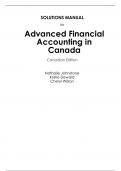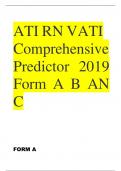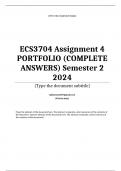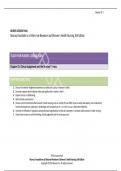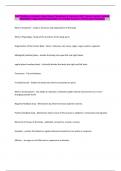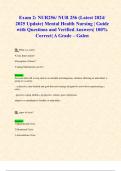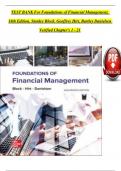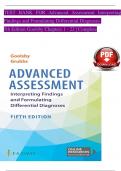Examen
Advanced Financial Accounting in Canada 1st Edition By Nathalie Johnstone, Kristie Dewald, Cheryl Wilson (Solution Manual Latest Edition 2023-24, Grade A+, 100% Verified)
- Cours
- Établissement
Advanced Financial Accounting in Canada, 1e Nathalie Johnstone, Kristie Dewald, Cheryl Wilson (Solution Manual Latest Edition 2023-24, Grade A+, 100% Verified) Advanced Financial Accounting in Canada, 1e Nathalie Johnstone, Kristie Dewald, Cheryl Wilson (Solution Manual Latest Edition 2023-24, G...
[Montrer plus]
